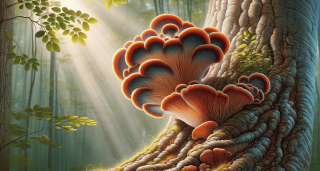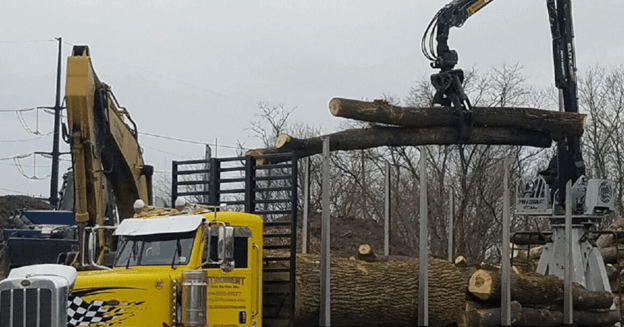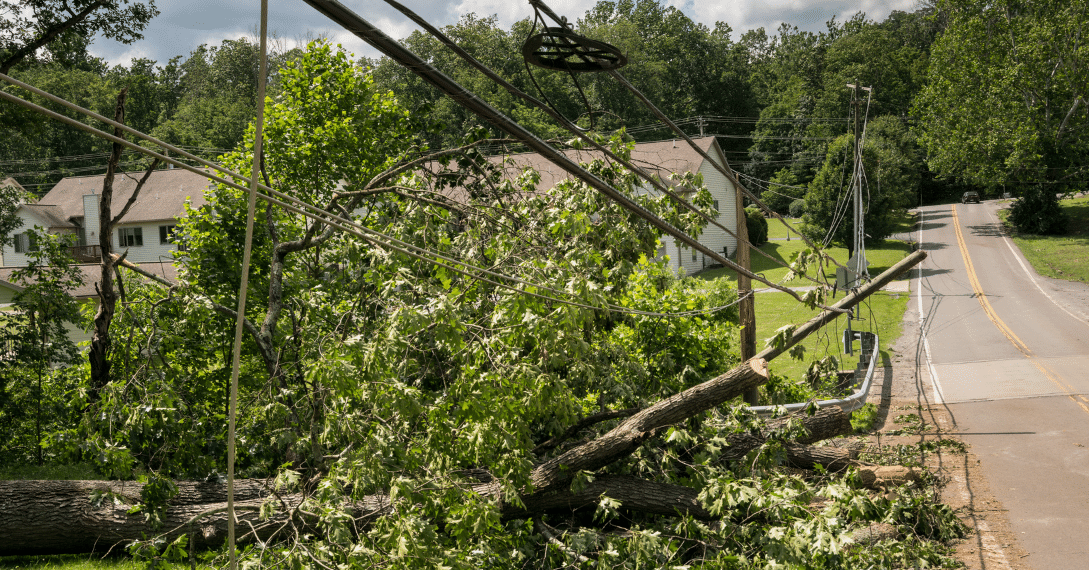Turkey tail mushrooms, scientifically known as Trametes versicolor, are common on decaying wood in forests worldwide, including Delaware, Pennsylvania, and New Jersey. These fungi are named for their striking resemblance to a wild turkey's colorful, patterned tail feathers. Not only are they a fascinating feature of the natural landscape, but they also play a crucial role in the ecosystem by helping to break down dead organic matter.
Identifying Turkey Tails
Turkey tail mushrooms are distinguished by their colorful, fan-shaped caps. These caps range from 1 to 4 inches in width and display a stunning array of colors, often forming concentric circles that include shades of brown, tan, white, and sometimes blue or green. The surface of the cap is typically smooth with a velvety texture, and the underside is densely packed with tiny pores rather than gills.
To correctly identify turkey tails, look for these key characteristics:
- Multicolored concentric rings with varying colors like brown, rust, and tan.
- Small, rounded caps that overlap in a tiled pattern, much like shingles on a roof.
- A white to light brown pore surface underneath the cap.
- Flexibility in younger specimens is becoming more leathery and tough as they age.
It's important to note that while turkey tails are not harmful, they have look-alikes, such as the false turkey tail (Stereum ostrea), which can be distinguished by its lack of pores on the underside.
The Significance of Turkey Tails in Tree Care and Ecology
In tree care and ecology, turkey tail mushrooms play an integral role. As saprophytes, they help decompose dead organic material, contributing to soil health and the nutrient cycle essential for forest sustainability. This process clears away dead wood that could become a breeding ground for harmful pests and returns valuable nutrients to the soil, supporting the growth of surrounding vegetation.
For tree care professionals at Strobert Tree Services, understanding the presence and role of fungi like turkey tails is crucial. These mushrooms indicate the ecosystem's health and the decomposition stages occurring within it. By monitoring these fungi, our arborists can assess the health of trees and the surrounding forest, devise more effective tree care strategies, and manage the ecological balance in our areas.
Contact Strobert Tree Services
At Strobert Tree Services, we offer services across Delaware, Pennsylvania, and New Jersey. Whether you need assistance with pruning or tree maintenance or have questions about the ecological role of fungi like turkey tail mushrooms in your landscape, our team is here to help. We understand the critical role that trees and fungi play in our environment, and we are committed to providing the highest quality of care to maintain the health and beauty of your landscape.
For expert advice and professional service, contact Strobert Tree Services. Let us care for your trees, ensuring they contribute positively to the local ecosystem and your property aesthetics. Connect with us today to discuss how we can assist with your tree care needs.











